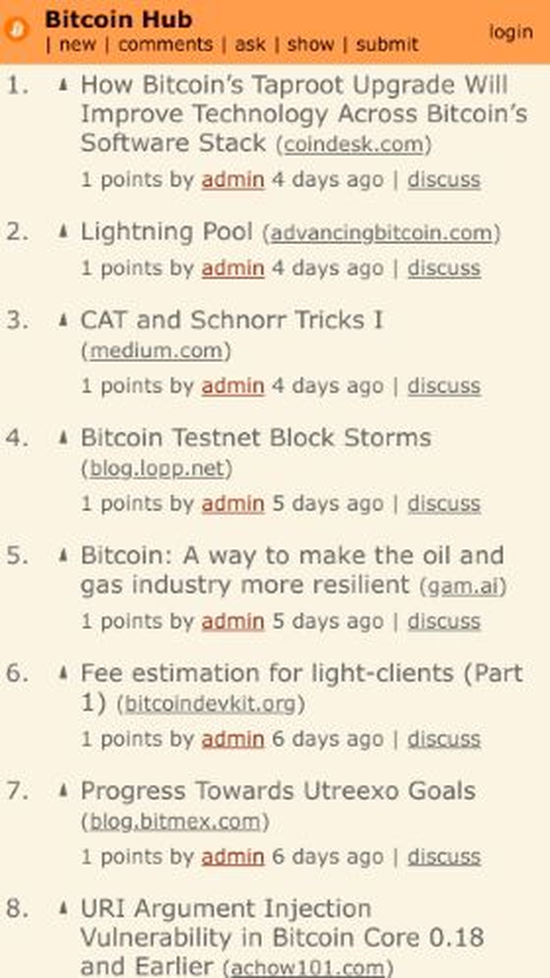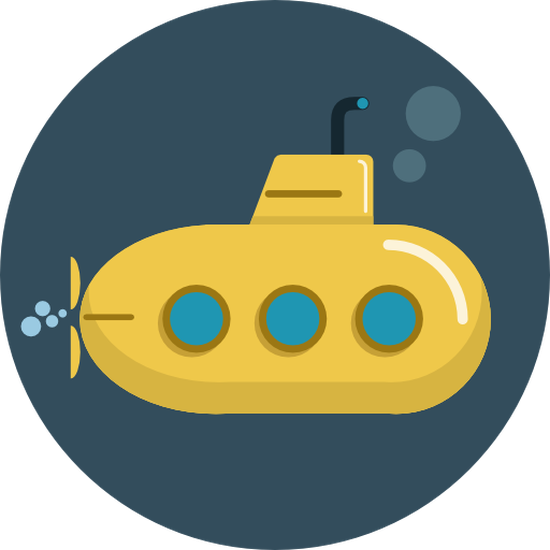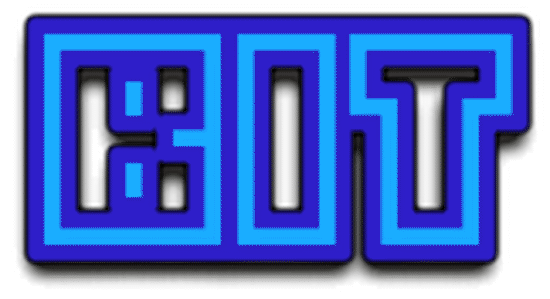Hey there!
I’m Bjarne, and welcome to my blog.
As a developer and enthusiast I like writing and reasoning about Bitcoin and programming. Here you can also check some of my projects I have been working on.

I’m Bjarne, and welcome to my blog.
As a developer and enthusiast I like writing and reasoning about Bitcoin and programming. Here you can also check some of my projects I have been working on.

payreq package by adding functions to create Bitcoin output scripts and deposit addresses for the swaps.
Bitcoinhub is a community driven news aggregator for Bitcoin. It is based on the idea of Hacker News, with similar functionality and simplicity.

SubSwap.dev is the demonstration site for a broker platform for Submarine Swaps using the Lightning Network, which was documented in an article series on my blog. The purpose was to show how to integrate Bitcoin and the Lightning Network using Go. It acts as a starting point to experiment with and learn more about it in a fun environment. Forking the repository on GitHub and adding new features to the broker platform is encouraged.

Bit is a Bitcoin library written in Python and was designed from the beginning to feel intuitive, be effortless to use, and have readable source code. It was initially developed by Ofek Lev in 2016. It has since become popular and found new contributors, among which is the excellent Teran McKinney and me. I have been working on adding new features to Bit since 2017. Notable features include: Multi-signature, Segwit, transaction batching, and Mark Erhardt’s Branch-and-Bound coin selection.

This is the beginning of a series of articles about how I created a broker platform for Submarine Swaps written in Golang using the btcutil library and both the lnd and btcd projects. It is NOT meant to be a platform used in production. There may be bugs 🐞, mistakes and things left to optimize. The project’s sole purpose was for me to learn more about Golang and find out how to integrate Bitcoin and the Lightning Network in a learning-by-doing approach.
Being very interested in Bitcoin, algorithms and programming languages, Bjarne Magnussen is currently working as a freelancer. He obtained his Master’s degree in Applied mathematics at the University of Southern Denmark in 2016. In love with the philosophy of open-source, he is among other actively developing on and maintaining the Python Bitcoin library Bit.
To read his Master thesis with the title A Formal Programming Language For Bitcoin Transactions click here.
Oh, and in case you wondered what a dancing Lemur is doing as a profile picture? Well… we all have an inner animal to discover.
MSc in Applied Mathematics, 2016
Odense, University of Southern Denmark
BSc in Applied Mathematics, 2011
Odense, University of Southern Denmark
Looking for a read? Try one of those